US and Soviet Troops Link-Up at Elbe
On April 25, 1945, American and Soviet troops met at the Elbe River, essentially cutting Germany in half. It was an important link-up in the final days of the war in Europe and has come to be known as Elbe Day.
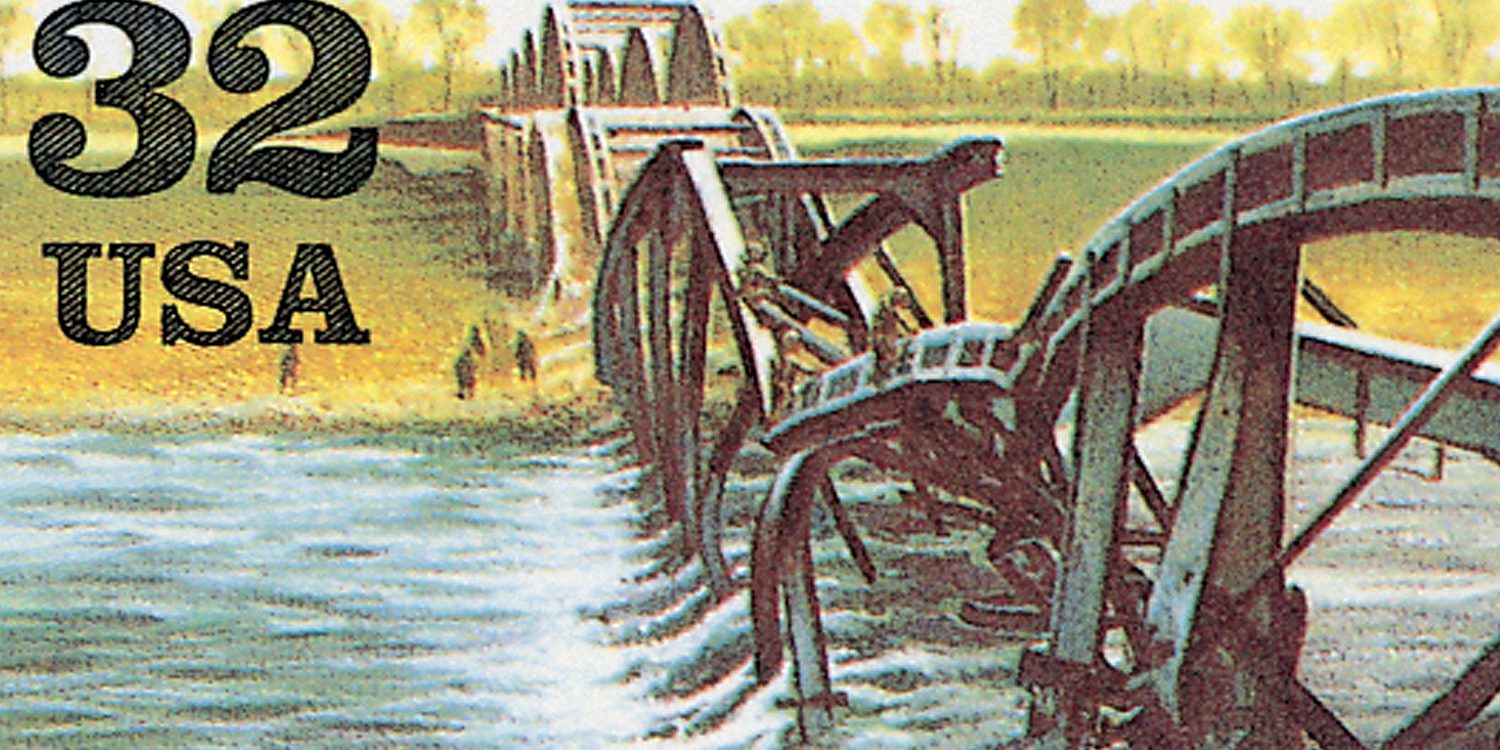
On April 25, 1945, American and Soviet troops met at the Elbe River, essentially cutting Germany in half. It was an important link-up in the final days of the war in Europe and has come to be known as Elbe Day.
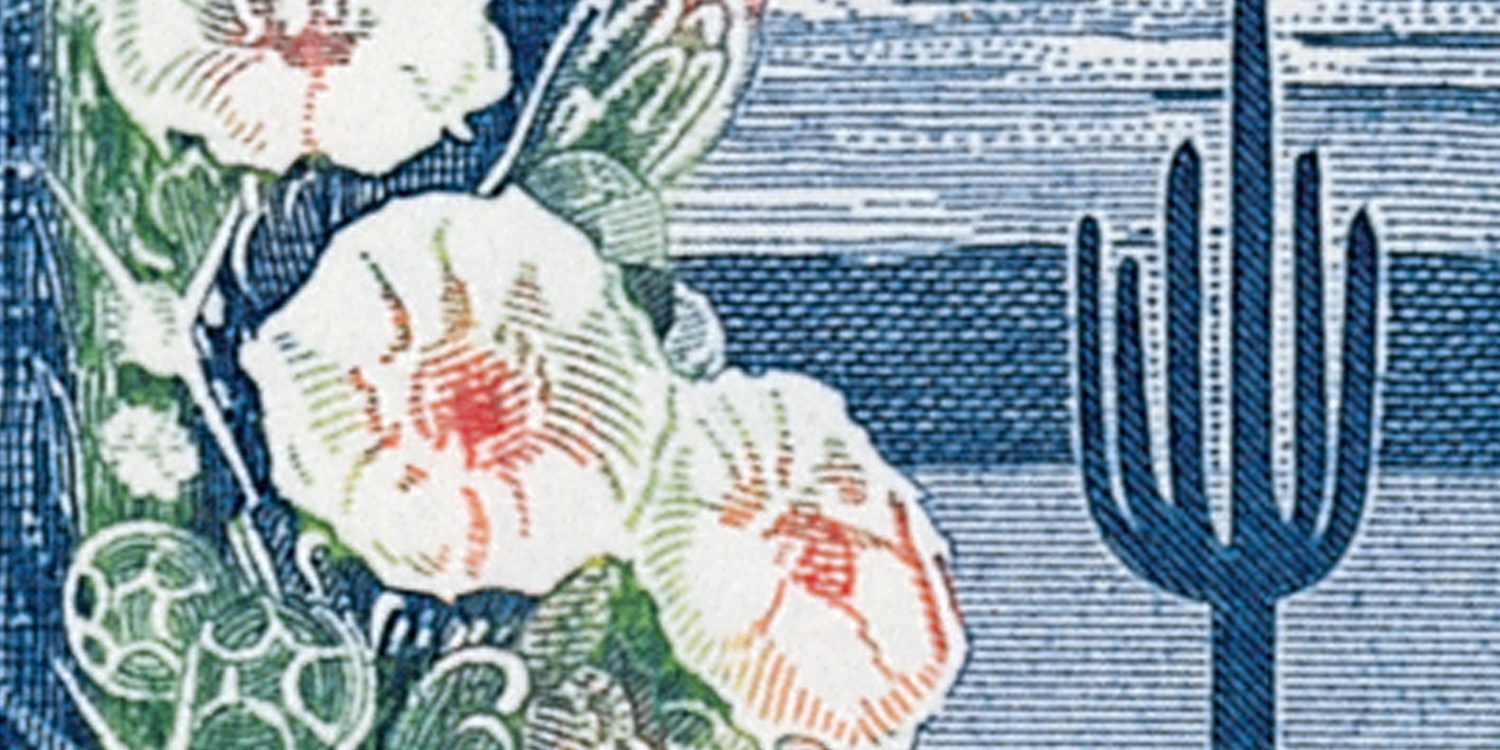
On April 18, 1968, American entrepreneur Robert P. McCulloch purchased Britain’s famed London Bridge and relocated it to Arizona. Though it was dubbed “McCulloch’s Folly,” it turned out to be a successful gamble and became one of Arizona’s most popular attractions.
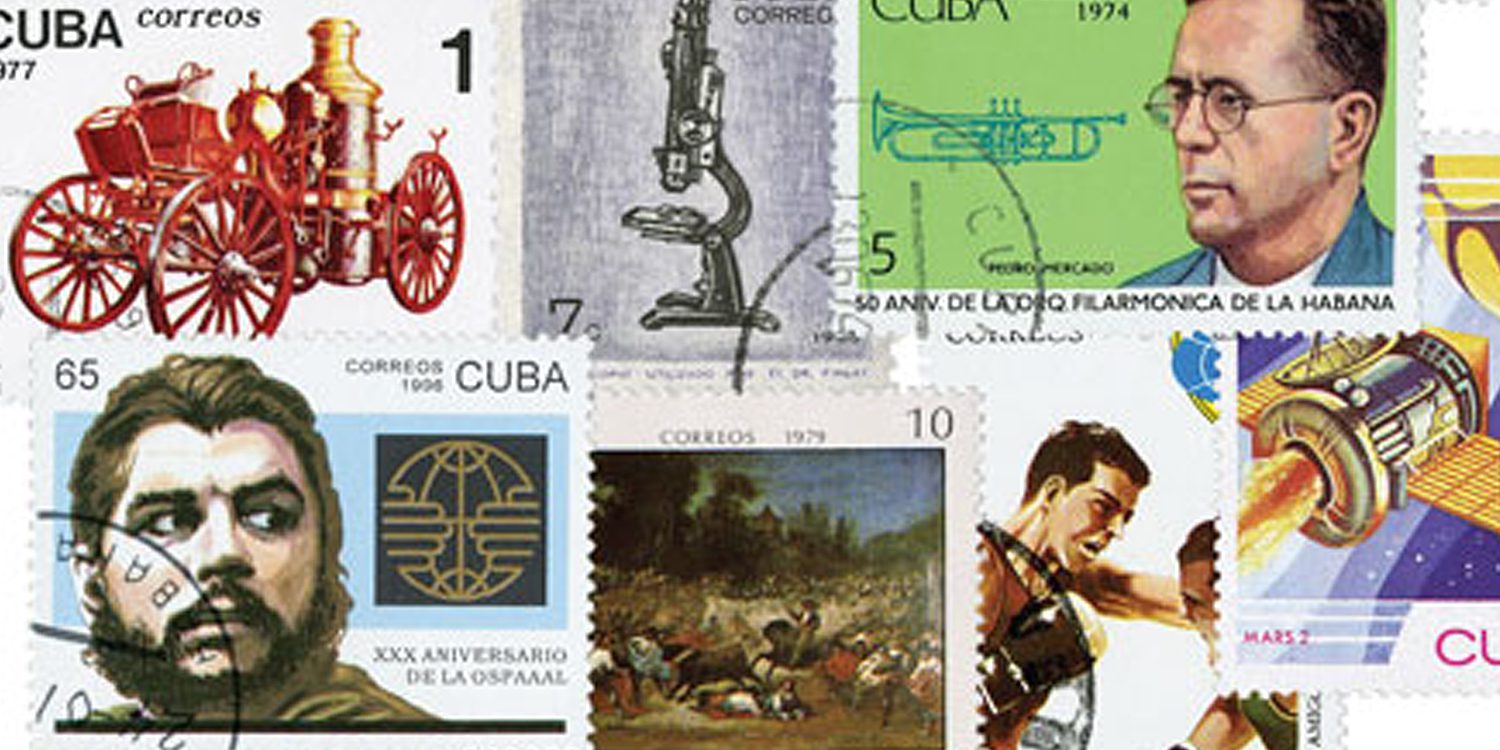
On April 17, 1961, a group of Cuban exiles launched an operation in Cuba known as the Bay of Pigs Invasion. It was an important event in the Cold War and led to major changes between the US, Cuba, and the Soviet Union.
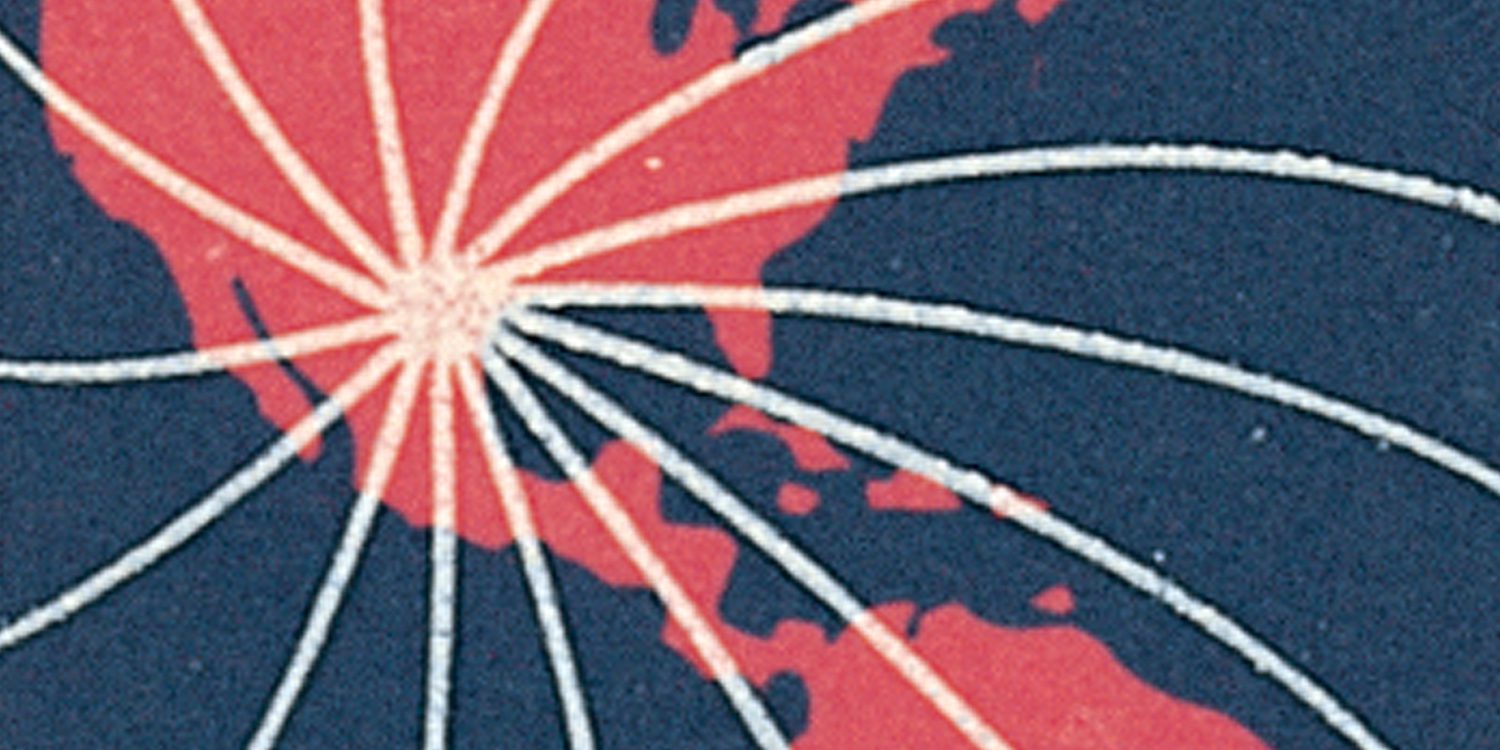
On April 6, 1968, HemisFair ’68 opened in San Antonio, Texas. It was the first official international exposition held in the Southwestern US. The fair also honored the 250th anniversary of the founding of San Antonio.
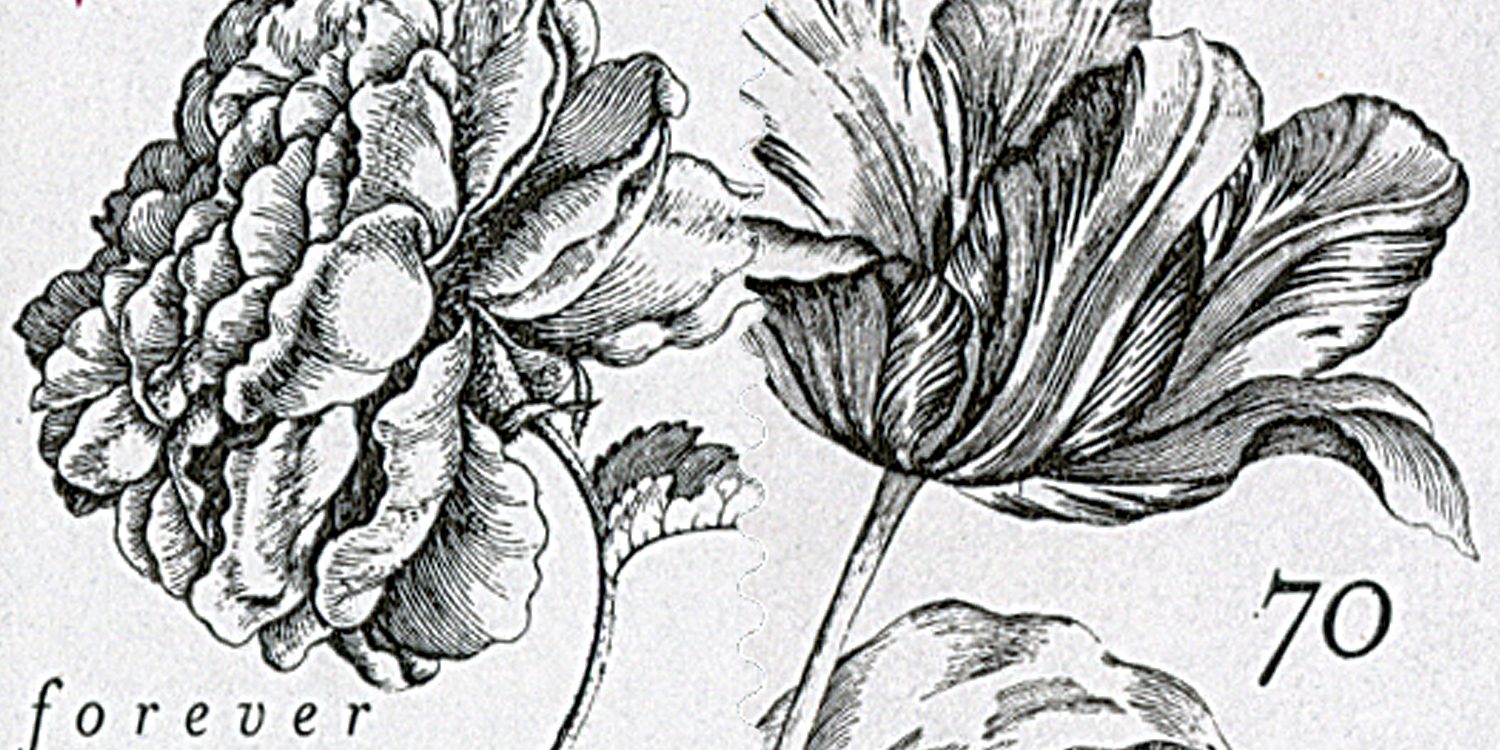
Naturalist and artist Maria Sibylla Merian was born on April 2, 1647, in Frankfurt-am-Main, Germany. Merian spent her life studying insects and plants and capturing them in beautifully detailed paintings and drawings.
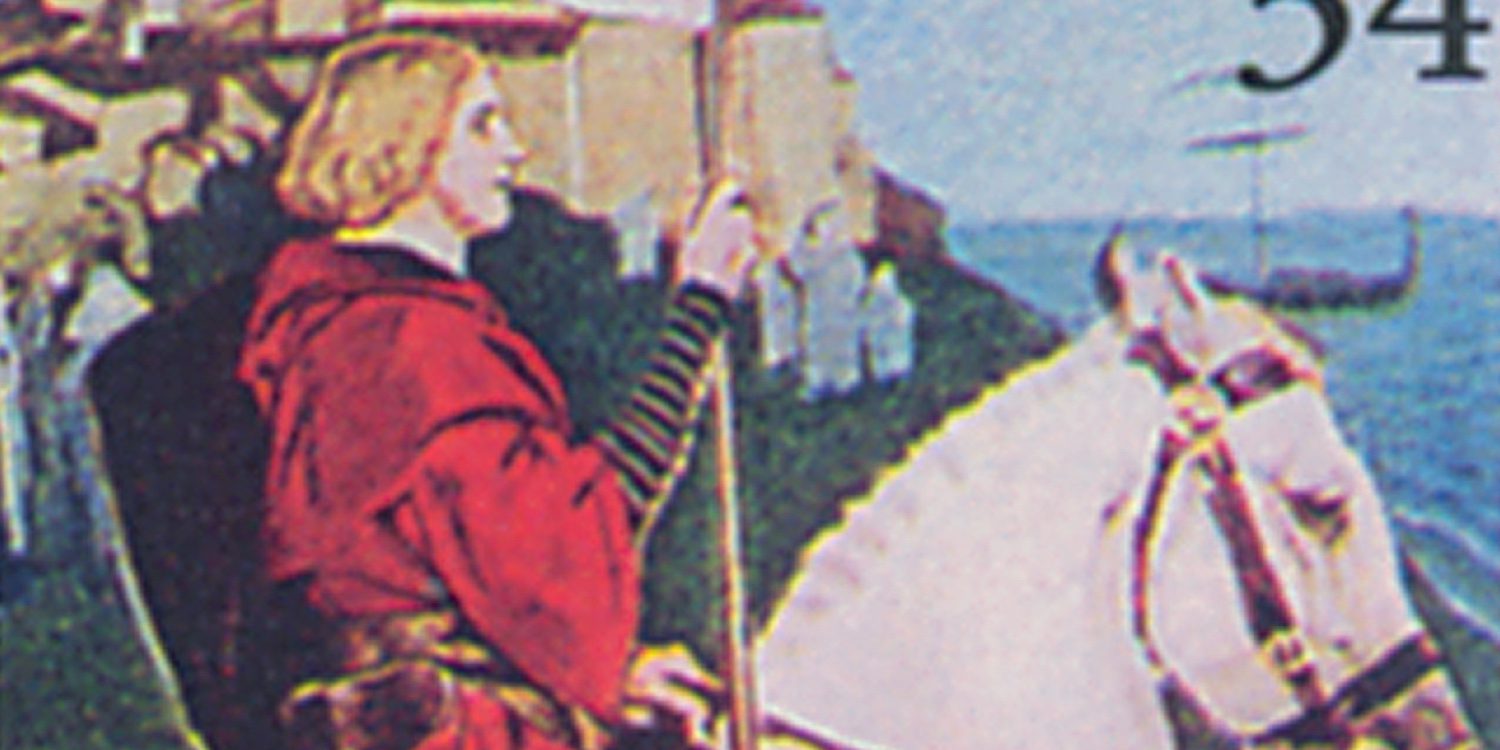
Illustrator Edwin Austin Abbey was born on April 1, 1852, in Philadelphia, Pennsylvania. He is considered America’s first great illustrator. Abbey produced hundreds of illustrations for Harper’s magazines and popular books of the day.
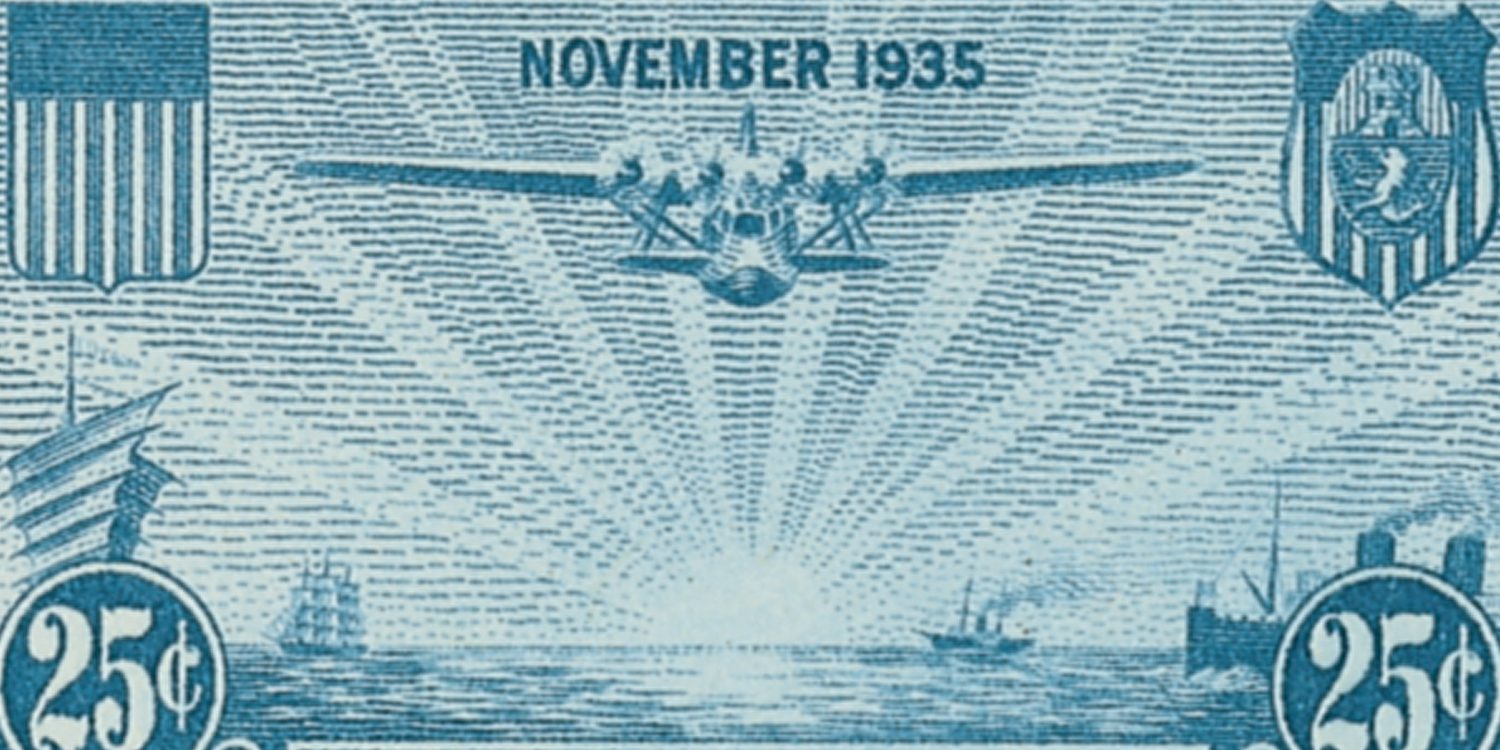
On March 28, 1910, Henri Fabre made the first successful powered seaplane flight. Traveling over 1,900 feet and wowing a crowd of spectators, he inaugurated the seaplane and flying boat industry that would flourish for the next several decades.
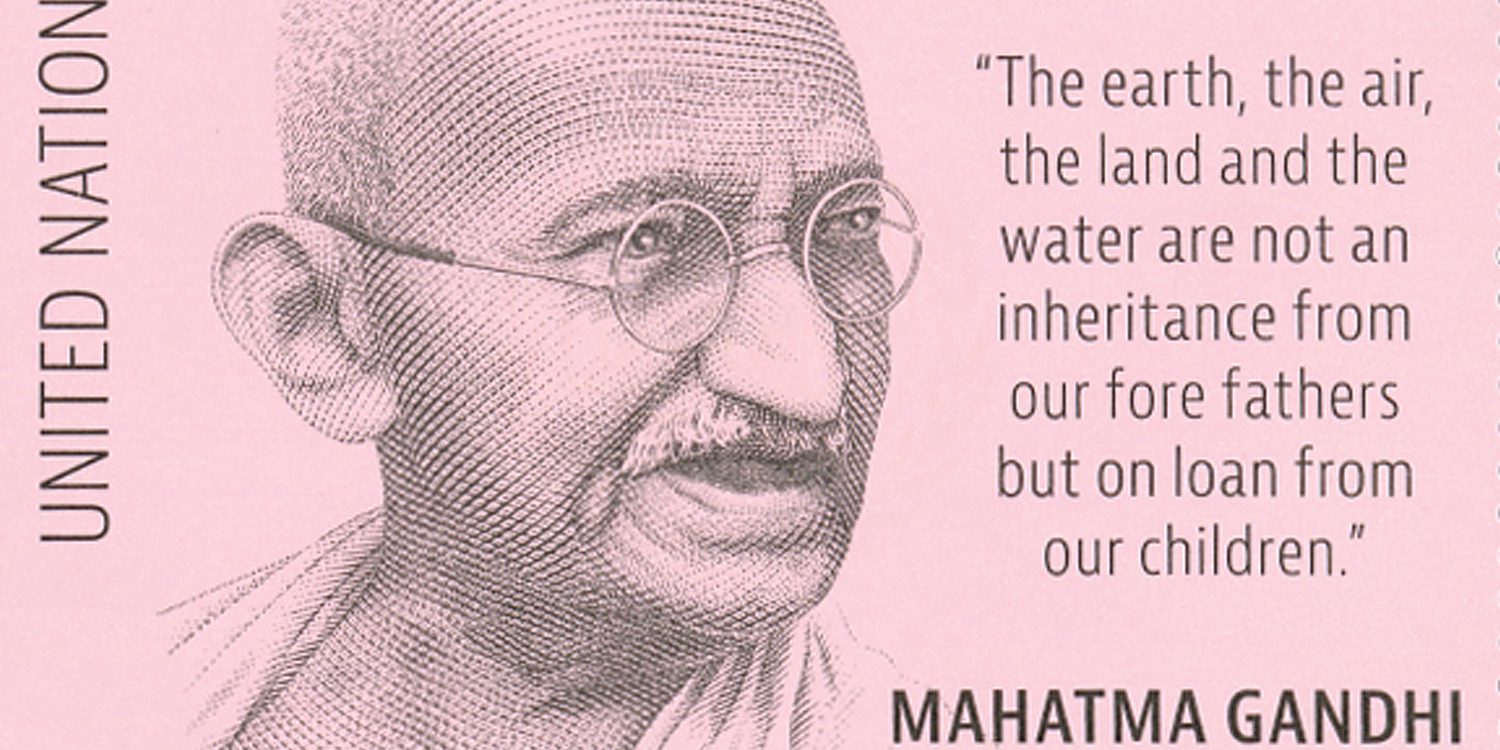
On March 12, 1930, Gandhi started his 240-mile Salt March as a nonviolent protest against British rule in India. Gandhi’s march helped inspire widespread civil disobedience in India, bringing international attention to their cause.
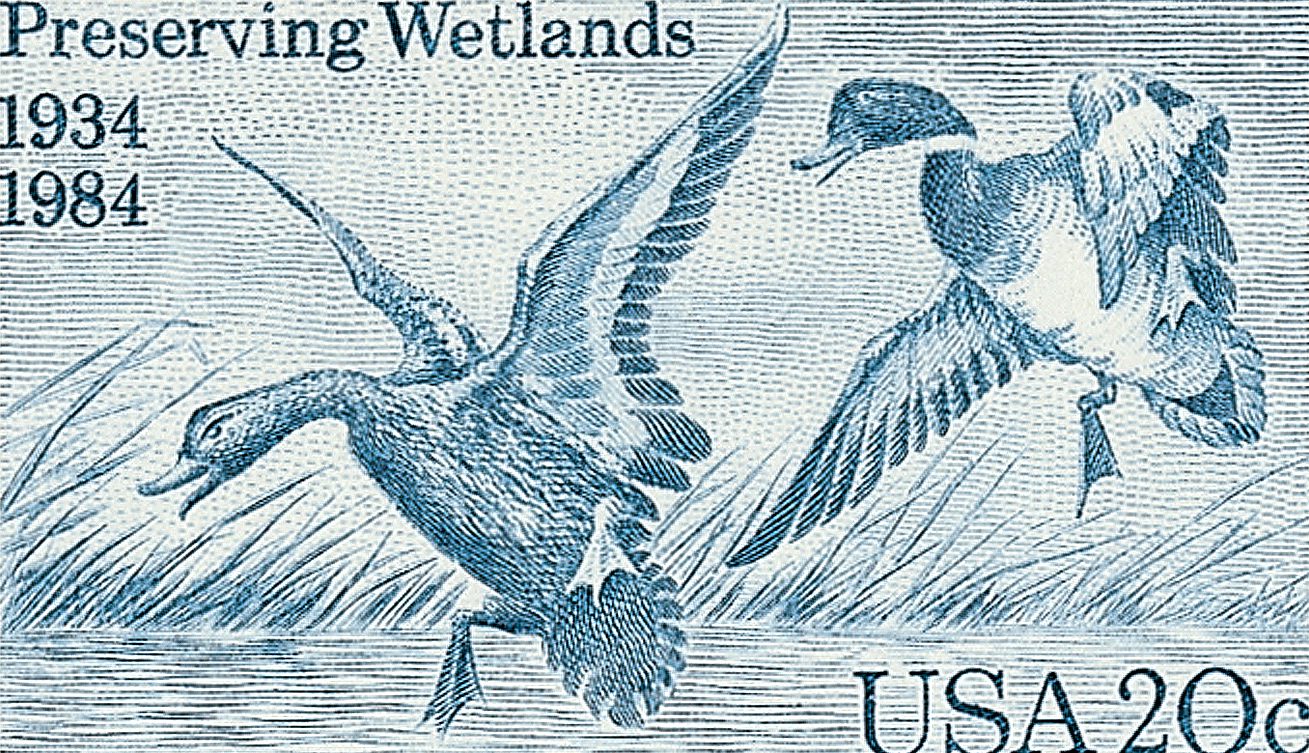
On February 2, 1971, the Ramsar Convention on Wetlands of International Importance Especially as Waterfowl Habitat, also known as the Convention on Wetlands, was signed in Ramsar, Iran.